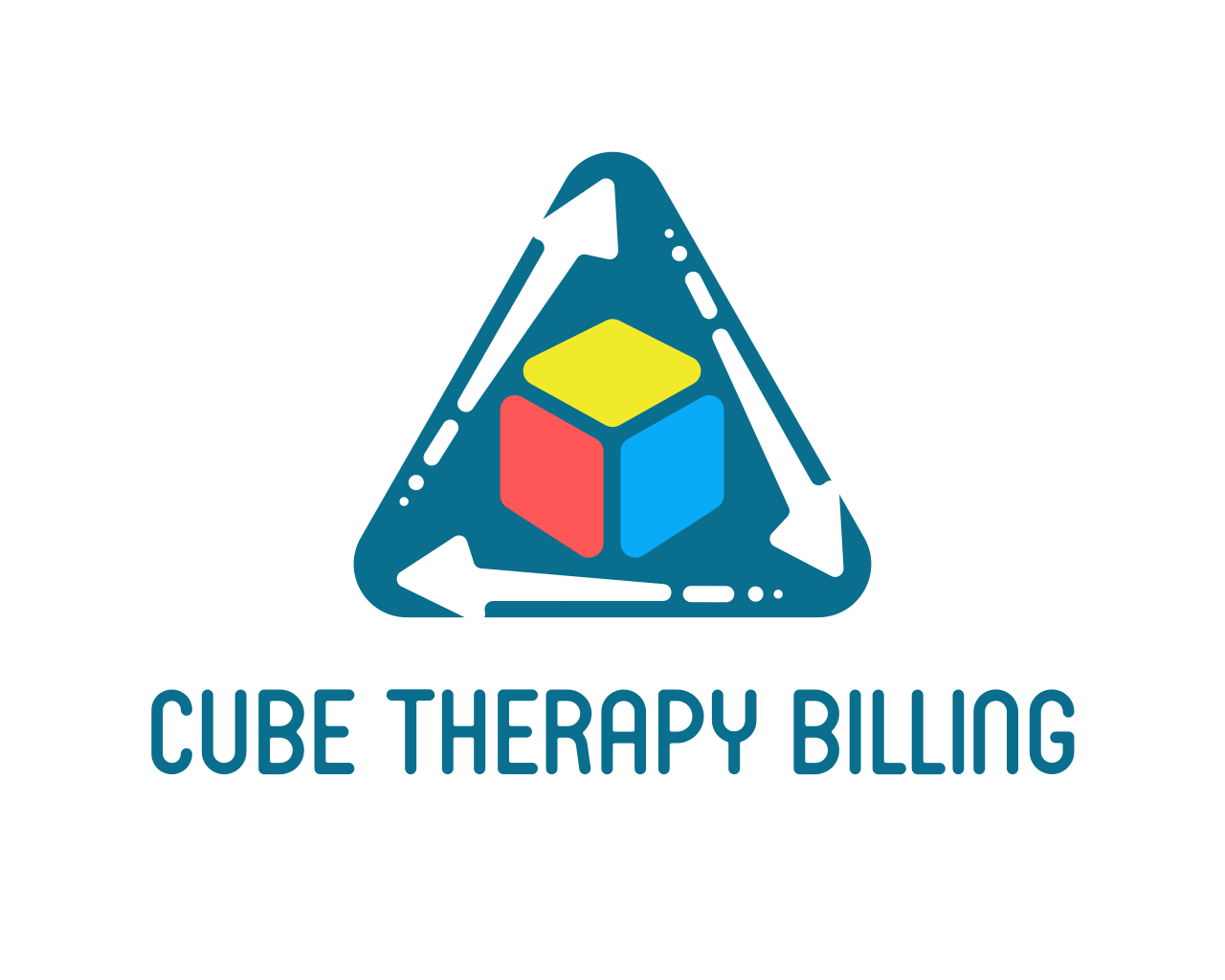How Should an ABA Therapist Handle Day-to-Day ABA Billing Challenges?
- Veronica Cruz

- Apr 10
- 4 min read
Updated: Jul 11

There’s no denying it—billing for ABA therapy is challenging. Between the paperwork, constantly changing insurance requirements, and rising denial rates, it's easy to feel overwhelmed. Many of us went into this field to help people, not to become billing experts.
Yet here we are, needing rock-solid systems to keep our practices financially healthy while providing the care our clients deserve.
I've compiled some practical solutions for the billing nightmares that keep ABA practitioners up at night. Trust me, I've been there too.
Cracking the Code: ABA Billing and Compliance
Why 30% of ABA Claims Get Rejected (And How to Fix Yours)
I was shocked when I first heard this statistic—nearly a third of claims were rejected because of simple coding errors or insufficient documentation. It's frustrating, but preventable.
ABA billing uses specialized codes that insurance companies scrutinize closely. Using the wrong code isn't just annoying—it can lead to rejected claims, delayed payments, or worse, accusations of fraud.
Here's what works for my practice:
Keep an updated cheat sheet of current ABA-specific CPT codes at every workstation
Have someone else glance at your code before submission (fresh eyes catch mistakes!)
Assign case‑review partners to tackle intricate cases together.
Connect the dots clearly between assessments, treatment plans, and your chosen codes
The Regulatory Maze
I came to realize the hard way that compliance is non-negotiable. State-specific licensing requirements and regulations vary across the country. Ignore them at your peril!
As one colleague put it, "Regulatory compliance isn't about avoiding fines. It's about creating sustainable billing practices that support why we do this work in the first place."
Federal regulations make everything more complicated, with Medicare, Medicaid, and private insurance all playing by different rulebooks.

What's working for us:
We subscribed to a regulatory update service (worth every penny)
Our team joined professional ABA associations that send compliance alerts
We calendar quarterly compliance reviews (with snacks—makes it less painful)
We designated our office manager as our "regulation guru," who keeps us updated
Taming the Insurance Beast
Perfect coding is crucial, but even flawless coding won't save you if you skip insurance verification. I've found implementing dedicated billing services saves countless headaches.
Verify, Verify, Verify
Did you know 27% of denials stem from registration and eligibility problems? That's why we now verify everything upfront, before scheduling that first session. Yes, it takes time, but it prevents major billing disasters down the road.
Our verification checklist:
Confirm benefits and eligibility before penciling in that first appointment
Specifically ask about ABA therapy code coverage
Document everything—get names, reference numbers, dates
Re-verify quarterly or whenever policies renew
Have clear conversations with families about coverage limitations
Prior Authorization Nightmares
Most insurance plans require pre-authorization for ABA therapy, and these authorizations often come with strict limitations on hours, service types, and timeframes. Miss an expiration date, and you could be providing services for free.
What's saving our sanity?
We created a master tracking system for every authorization
Our system sends automated alerts when authorizations are about to expire
We submit renewal requests 2–3 weeks before expiration (breathing room!)
Every phone call about authorizations gets documented
We've trained everyone on staff to understand different payer requirements
Documentation That Gets Results
Even with perfect insurance verification and authorizations, reviewers can still deny a claim if your session notes aren't up to snuff.
Session Notes That Work
Detailed session notes aren't just good clinical practice—they're your financial lifeline. Clear documentation proves to insurers that your services meet their requirements.
Our secret weapon: Regular internal audits. We review each other's documentation to catch and fix issues before they become problems. This approach has dramatically improved our approval rates and provides protection if we're ever audited externally.
💡 What's working for us: Weekly peer reviews, monthly checks on high-risk codes, and quarterly deep dives, with immediate corrections as needed.
Technology That Makes Life Easier
Managing documentation manually becomes impossible as your practice grows. We've found that the right technology can transform billing from a nightmare into a manageable process.
Finding Your Tech Sweet Spot
A good ABA practice management system automates the tedious stuff, reduces paperwork, and gives you real-time data access. Here's what to look for:
Automated claim scrubbing to catch errors before submission
Built-in eligibility verification
Real-time tracking of claim status
Custom reports for billing analytics
Electronic processing of remittance advice
Keeping Patient Data Safe
Beyond efficiency, your billing software needs rock-solid security. HIPAA violations come with steep penalties, and our clients trust us with sensitive information.
Must-have security features:
Encrypted data storage and transmission
Controls that limit access based on roles
Comprehensive audit trails
Secure portals for patient communication
Clear agreements with all vendors
Q1: Which CPT codes cover ABA services?A: Key CPT codes include:
97151: Behavior identification assessment
97152: Supporting behavior assessment
97153: Adaptive behavior treatment (protocol)
97154: Group adaptive behavior treatment
97155: Adaptive behavior treatment with modifications
97156: Family adaptive behavior guidance
97157: Multi‑family group guidance
Tip: Verify each insurer’s rules on who may bill these codes and any required modifiers.
Q2: How do I submit ABA claims to insurance?
Verify benefits & obtain authorization before the first session.
Document thoroughly, linking notes to treatment goals and medical necessity.
Use the correct CPT code and ensure provider credentials meet payer requirements.
Submit clean claims and monitor denials for prompt follow‑up.
Q3: What causes ABA claim denials?
Common triggers include:
Missing or expired authorizations
Incorrect CPT codes or modifiers
Provider credential mismatches
Lack of documented medical necessity
Exceeding authorized hours
Incomplete claim forms
When Problems Still Happen
Even with great systems, billing issues still pop up. Whether it's unexpected denials, payer inconsistencies, or administrative overload, you need strategies to address problems quickly.
Tackling Denials Head-On
Denied claims drain time and resources as you work to fix them. A solid denial management approach can dramatically improve your revenue cycle and reduce stress for everyone involved.



